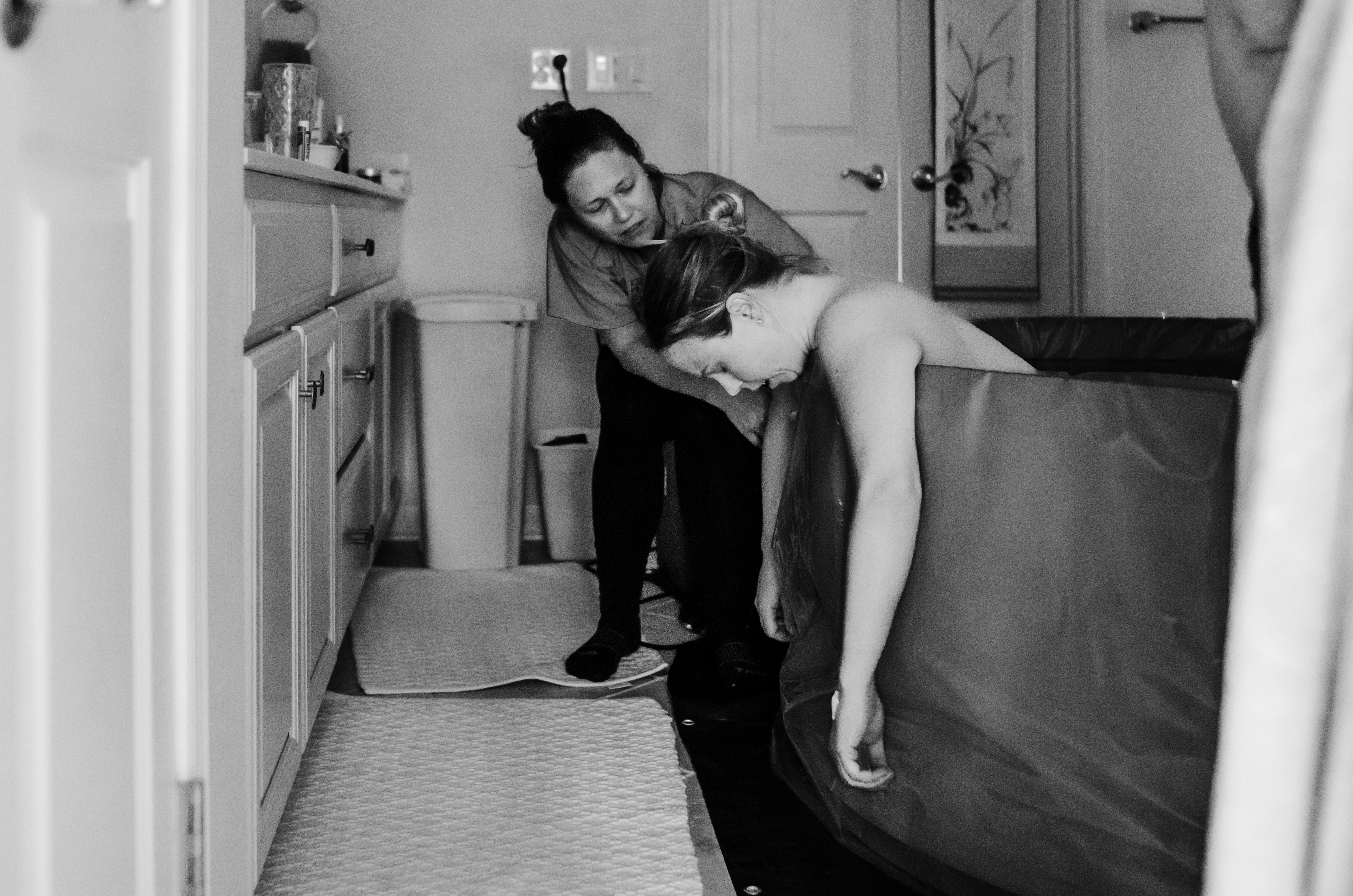Pelvic Health and Gender Identity Expression

June is Pride Month!
Individuals have been using various practices for decades to express gender identity. It’s only in recent decades that gender affirming surgery is a possibility. It’s more obvious to recognize the pelvic health concerns with gender affirming surgery which was discussed in a past blog. Pelvic health physical therapists are critical before and after these surgeries, especially when recent research found that even before surgery one third of individuals had pelvic floor muscle dysfunction.
Even before gender affirming surgery is considered, many individuals use the practice of tucking, binding and packing to change their appearance. Pelvic health is often impacted with these practices and pelvic health physical therapists play a role in helping those individuals overcome any adverse reactions that occur with tucking, binding and packing.
What is Tucking?
Tucking is moving the penis and scrotum to give the appearance of a flatter surface. The testicles can be moved into the inguinal canal or to the base of the penile shaft. The penis is typically moved between the legs and often secured with tape or a tight fitting garment (underwear or a gaff). If tape is being used, athletic tape is preferred over other options. A tight fitting garment is preferred over tape due to a higher level of skin breakdown concernns with tape.
Pelvic Health Issues with Tucking
Many individuals restrict their fluid intake to avoid urinating since the process of tucking can be time consuming, especially when tape is involved. Restricting fluid intake can lead to dehydration and bladder dysfunction. Dehydration may also lead to skin fragility and skin breakdown as well as constipation and bowel dysfunction. And that’s just the impact on pelvic health, not including other organ function (heart, brain, intestines, etc).
The other consequence of tucking is due to the penis being compressed over a prolonged period of time. The urethra sits close to the anus which can lead to irritation and/or infection of the urethral meatus. The area can become inflamed, swollen and painful.
Tips to Help:
- Tuck for a shorter period of time. Avoid tucking at night.
- Loosen garments or remove tape for short periods throughout the day.
- Wear different clothes to allow for a looser tuck while still maintaining a flatter appearance.
- Hydrate! Check in with a pelvic health physical therapist to make sure your pelvic floor muscles are strong and bladder is in good health. As a general rule we should be able to hold our bladder for at least 2-3 hours at a time and urinating for a minimum of 20 seconds (regardless of biological gender).
- Use breathable fabric where possible.
What is Packing?
Packing creates the opposite appearance of tucking. It’s the creation of a bulge in the genital area using a prosthesis, sock or alternative. Even a high quality prosthesis can lead to skin breakdown in the long term. This is due to moisture build up along the skin. Some packers (socks or alternative material) are placed against the skin and sometimes attached with surgical glue which can lead to skin breakdown. Skin breakdown and infection are the biggest risks for packing.
Stand to pee (STP) devices allow individuals to urinate while standing and are also packers giving the appearance of a bulge. Most public bathrooms do not allow for the STP devices to be cleaned after urinating however so the skin around the device can often become irritated. Some devices are worn for penetrative intercourse and are only taken off to clean. These too, can lead to skin irritation and skin breakdown.
Tips to Help:
- Proper hygiene is critical to avoid skin breakdown.
- Adjust the schedule for packers or wearing a prosthesis to allow the skin to recover.
- Remove the prosthesis and packers at night time when sleeping or when in the home.
- Use breathable fabric where possible.
What is Binding?
Binding is flattening the breast tissue to give the appearance of a flatter chest. This practice has been done for decades especially in girls going through puberty and is not isolated to gender identity expression alone.
The practice of binding has been done with different materials and methods over the years. It’s recommended to avoid ACE bandages and duct tape which was popularized in some TV shows and movies in the past. Some binders are on the market that are specially created that vary in shape and coverage. Because of the prolonged compression involved with binding, a proper wearing schedule is recommended. Over 90% of people who bind report at least one adverse effect.
The main health concerns for binding include:
- Abdominal discomfort and pain
- Muscle wasting
- GI symptoms (constipation, discomfort)
- Respiratory issues (breathing dysfunction)
Tips to Help
- Limit binding to 8-12 hours a day.
- Consider taking one day a week off from binding.
- Avoid using duct take, plastic wrap and ACE bandages.
- Remove binders and compression garments at night.
- Use the correct size. Don’t size down for binders and compression garments.
- Ensure you can breath easily with them on.
- Consider taking the binder off for exercising or use less compression to allow for better breathing and reduce the risk of overheating.
- Apply binding when skin is completely dry to avoid skin breakdown and infection.
- Use breathable fabric if possible.
Don’t Be Discouraged
Any individuals considering or using these practices should educate themselves on the risks. At the end of the day gender identity expression plays a large role on mental health and quality of life. Don’t allow yourself to be discouraged from expressing your own gender identity. Tucking, packing and binding are all considered acceptable practices for individuals with gender dysphoria by the World Professional Association for Transgender Health (WPATH).
Shop around. Use the trial and error method with products. There are many products available on the market to reduce risk while also allowing individuals to express themselves as they see fit. Reach out to a local pelvic health physical therapist for an evaluation and treatment if you have any pelvic health concerns.
We Can Help!
Body Harmony Physical Therapy offers one-on-one treatment sessions and provides individualized treatment programs for each patient. We offer a quick call back option for potential patients who have questions or concerns related to physical therapy.
References
- https://pubmed.ncbi.nlm.nih.gov/30969210/
- Brigham and Womens (brighamandwomens.org)






